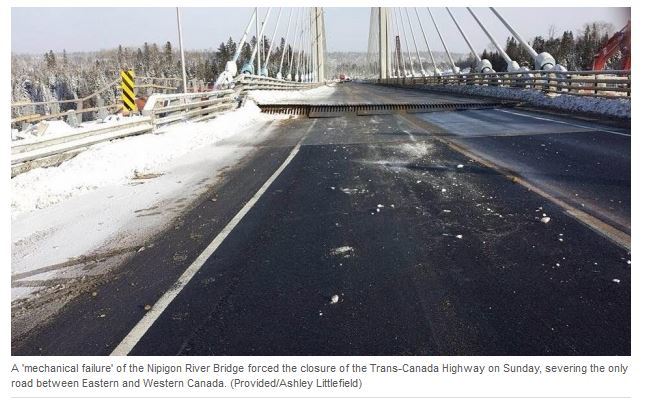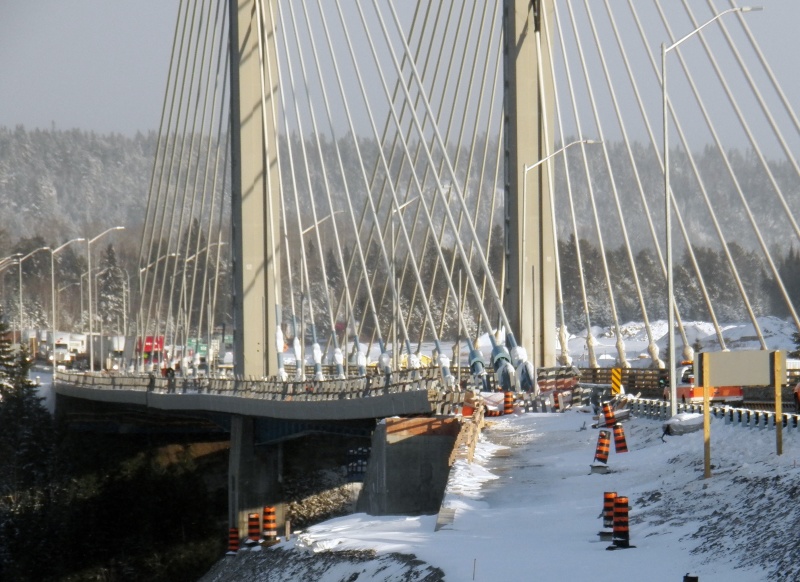Brad805
Structural
- Oct 26, 2010
- 1,519
Some engineers in Spain are going to have an interesting few days of review/discussion ahead of them. 2' of movement seems to suggest something was fundamental was missed. It is posted in the failure section too, but it would be interesting to hear some comments from people that design cable stay bridges.
Link to news story:

Link to news story:




